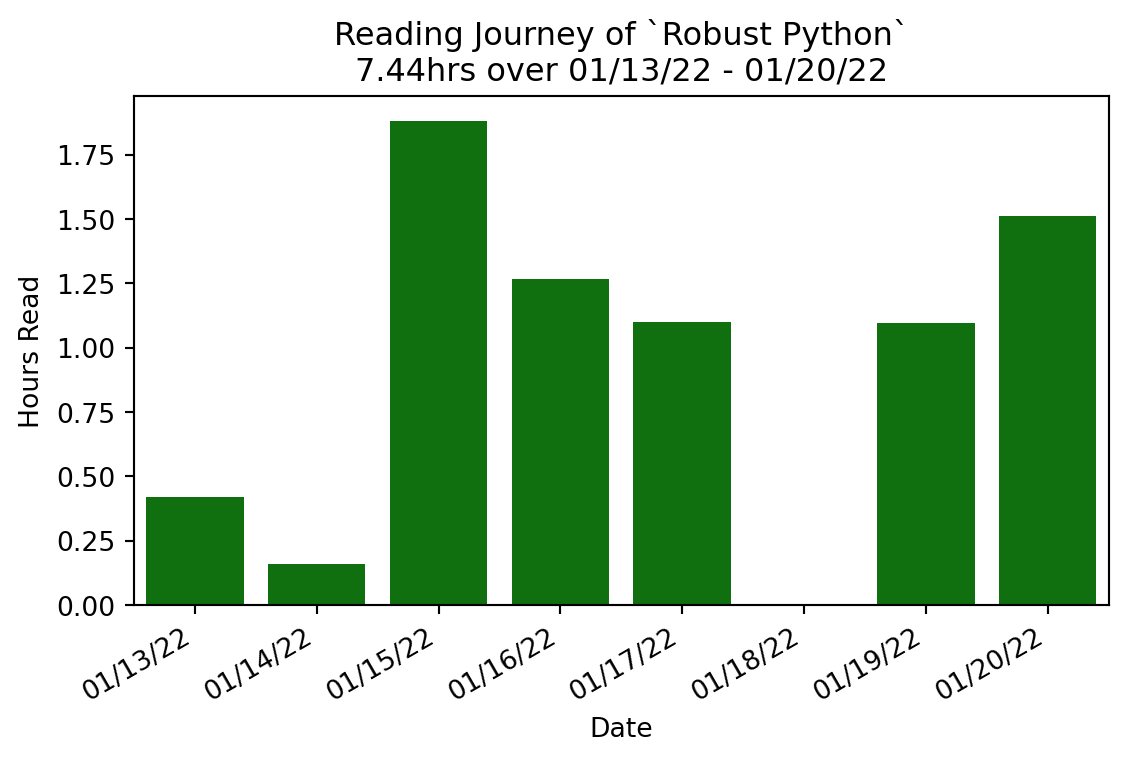Overview
Does it seem like your Python projects are getting bigger and bigger? Are you feeling the pain as your codebase expands and gets tougher to debug and maintain? Python is an easy language to learn and use, but that also means systems can quickly grow beyond comprehension. Thankfully, Python has features to help developers overcome maintainability woes. In this practical book, author Patrick Viafore shows you how to use Python’s type system to the max. You’ll look at user-defined types, such as classes and enums, and Python’s type hinting system. You’ll also learn how to make Python extensible and how to use a comprehensive testing strategy as a safety net. With these tips and techniques, you’ll write clearer and more maintainable code. Learn why types are essential in modern development ecosystems Understand how type choices such as classes, dictionaries, and enums reflect specific intents Make Python extensible for the future without adding bloat Use popular Python tools to increase the safety and robustness of your codebase Evaluate current code to detect common maintainability gotchas Build a safety net around your codebase with linters and tests

